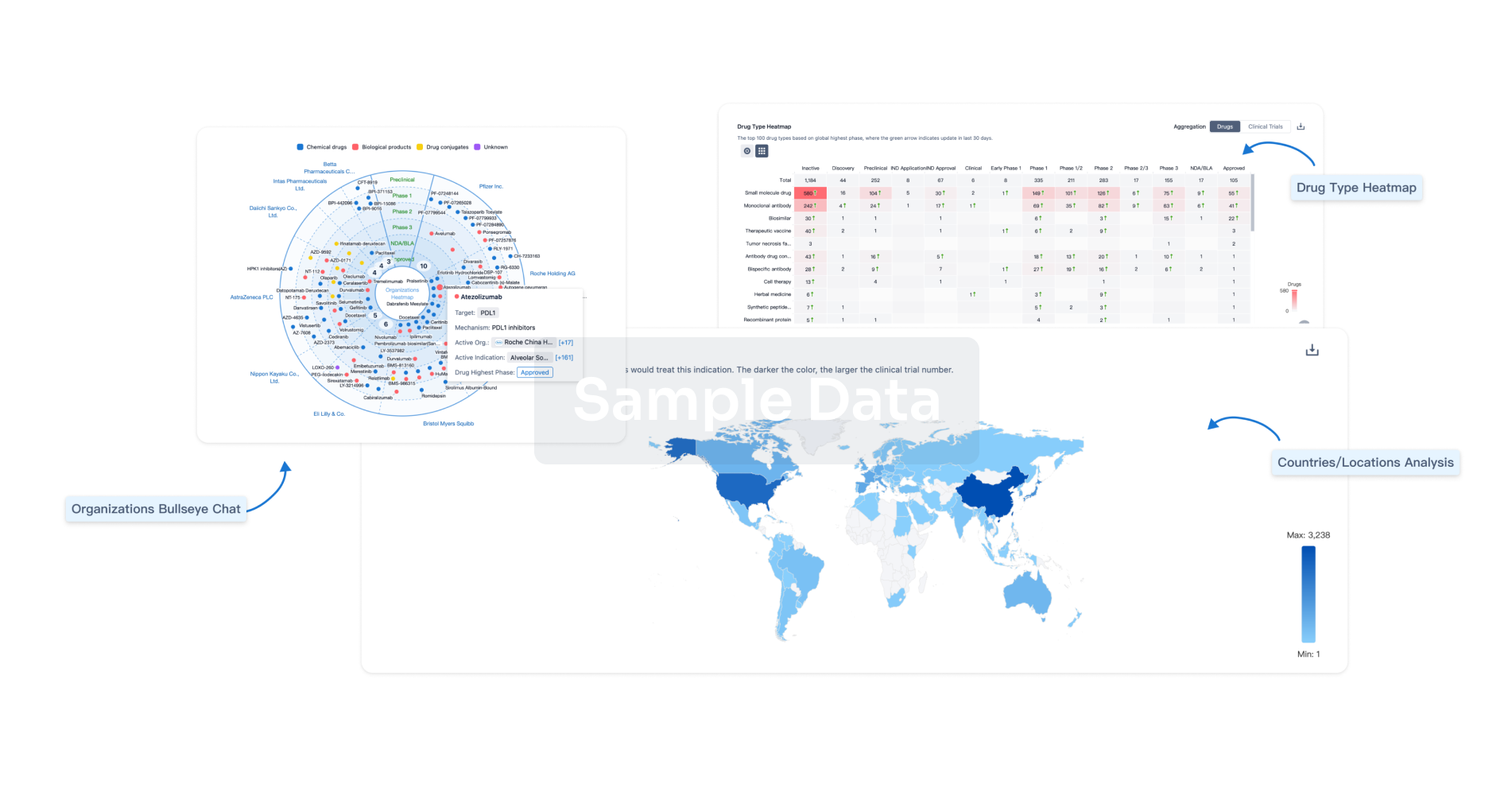Request Demo
Last update 01 Nov 2024
Pallister W Syndrome
Last update 01 Nov 2024
Basic Info
Synonyms Median cleft upper lip, mental retardation and pugilistic facies, PALLISTER W SYNDROME, Pallister W syndrome + [16] |
Introduction A rare multiple congenital anomalies/dysmorphic syndrome with characteristics of moderate to severe intellectual disability, neurologic signs and symptoms (such as seizures, spasticity, strabismus), characteristic dysmorphic facial features (including broad forehead, hypertelorism, downslanting palpebral fissures, broad and flat nasal bridge, midline notch of upper lip, lack of upper central incisors, incomplete oral cleft, and prominent mandible), and acne scars. Hearing impairment, pseudo-bulbar palsy, growth retardation, and skeletal anomalies (camptodactyly, clinodactyly, bilateral cubitus valgus, pes cavus/planus) has also been described. |
Analysis
Perform a panoramic analysis of this field.
login
or

Chat with Hiro
Get started for free today!
Accelerate Strategic R&D decision making with Synapse, PatSnap’s AI-powered Connected Innovation Intelligence Platform Built for Life Sciences Professionals.
Start your data trial now!
Synapse data is also accessible to external entities via APIs or data packages. Empower better decisions with the latest in pharmaceutical intelligence.
Bio
Bio Sequences Search & Analysis
Sign up for free
Chemical
Chemical Structures Search & Analysis
Sign up for free